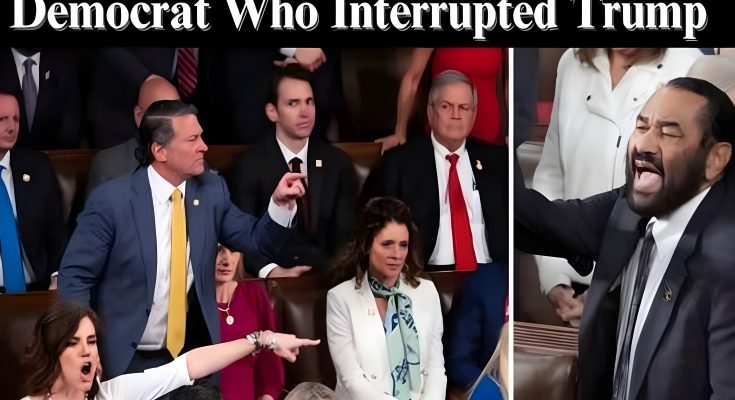Federal Officers Block Democratic Lawmakers from Entering Department of Education in Heated Standoff
In a dramatic and unprecedented scene, federal officers blocked Democratic members of Congress from entering the U.S. Department of Education headquarters on Friday, sparking a tense confrontation and raising questions about transparency and access to government agencies. The incident, captured on video and shared widely on social media, has drawn significant attention as lawmakers and the public alike seek answers.
The standoff began when a group of Democratic representatives, including Congressman Maxwell Frost and Congresswoman Maxine Waters, arrived at the Department of Education to advocate for education-related issues. However, they were met with locked doors and a federal officer who refused them entry. In a video posted to X (formerly Twitter), Frost described the situation, stating, “We’re here to go to the Department of Education to fight for education, and they have locked the doors. They’re not letting us in.”
The video shows Frost and other lawmakers questioning the officer, identified as Jim Hairfield, who asked the group, “What business do you have here?” The lawmakers responded with a chorus of, “Who are you?” and “We are members of Congress!” The exchange highlights the frustration and confusion felt by the elected officials, who were seemingly barred from entering a public government building.
Congresswoman Maxine Waters, a prominent figure in the Democratic Party, was also seen in the video, standing with her arms crossed as she addressed the situation. “His name is Jim Hairfield!” she exclaimed, emphasizing the unusual nature of the encounter. The chilly Washington, D.C., morning added to the tension as the lawmakers stood their ground, demanding access to the department.
The incident has sparked widespread debate, with many questioning why elected officials were denied entry to a federal agency. Critics argue that the move undermines the principles of transparency and accountability, while others speculate about potential political motivations behind the blockade. The Department of Education has yet to release an official statement explaining the reasoning behind the locked doors or the officer’s actions.
This confrontation comes at a time when education policy is a hot-button issue, with debates raging over student loan forgiveness, funding for public schools, and curriculum standards. The lawmakers’ attempt to engage directly with the Department of Education underscores the urgency of these issues and the challenges they face in advocating for their constituents.
As the video continues to circulate online, the incident serves as a stark reminder of the complexities and tensions inherent in the relationship between government agencies and the elected officials tasked with overseeing them. The question remains: Why were members of Congress barred from entering the Department of Education, and what does this mean for the future of education policy in the United States?



